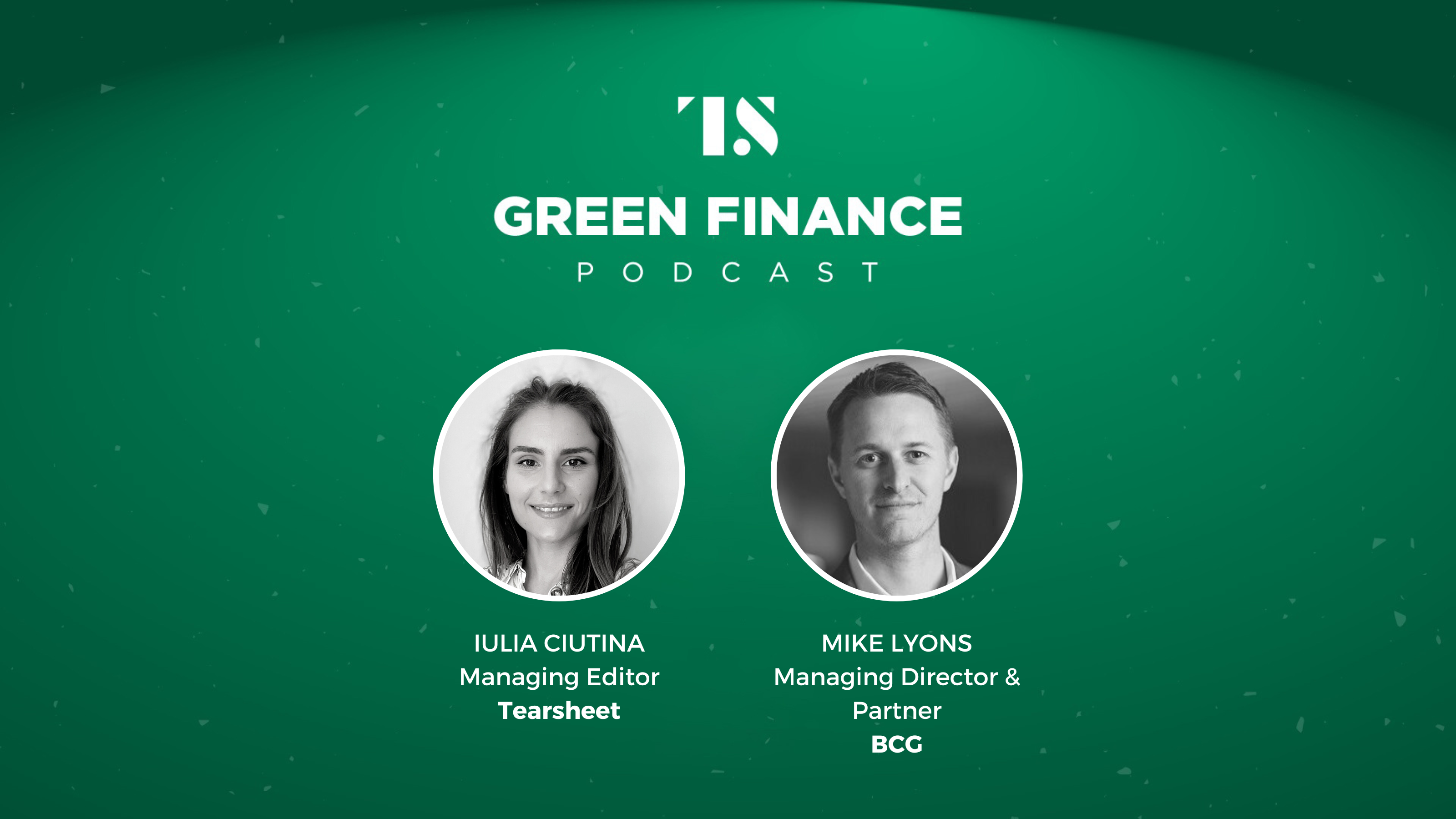Artificial Intelligence, Green Finance, The Green Finance Podcast
The Green Finance Podcast Ep. 15: Why climate AI is essential to reach net zero
- Today, we're talking about artificial intelligence – a tool uniquely positioned to help manage the complex issues presented by climate change.
- To help us understand more about how AI can help us solve the climate crisis, I've invited BCG's leading sustainability expert Mike Lyons to expand upon the study findings and explore real-world, practical applications for climate AI.









